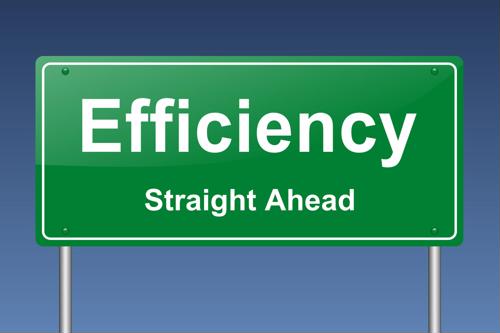
Changing Tides: A Leader’s Guide to Effective Change Management
17 Oct 2023
In an era where the only constant is change, leaders find themselves at the crossroads of innovation and disruption. According to McKinsey, 70% of all changes attempted in organisations fail. This staggering statistic underscores the importance of effective change management.
How can you, as a department head, navigate these turbulent waters successfully? Let’s delve into some proven models, the role of emotional intelligence and practical communication strategies.
Why change management is crucial
Change is inevitable, but chaos is not. The absence of a structured approach to change can lead to confusion, reduced productivity and a decline in employee morale. Effective change management serves as the linchpin that holds the organisation together during transitions, ensuring that the team not only adapts but thrives.
Models and frameworks for navigating change
Understanding and applying the right change management models can be the difference between a smooth transition and a rocky one. Here’s a deeper look into two widely-recognized frameworks:
- Kurt Lewin’s model breaks down change into three stages: Unfreeze, Change and Refreeze. The ‘Unfreeze’ stage involves preparing your team for the change, the ‘Change’ stage is the transition period and ‘Refreeze’ is about solidifying the new status quo. This model is especially effective for straightforward changes that don’t require a cultural overhaul.
- John Kotter’s 8-step process starts with creating a sense of urgency and ends with anchoring new approaches into the culture. This model is particularly useful for complex changes that require a deep cultural shift, offering a more nuanced approach to long-term change initiatives.
By selecting the model that aligns with the complexity and scope of your change project, you’ll be better equipped to guide your team through the inevitable ups and downs of organisational transformation.
Case study: Microsoft’s shift to cloud computing
When Satya Nadella took over as CEO, Microsoft was lagging in the cloud computing space. Using principles similar to Kotter’s, Nadella created a sense of urgency, formed a strategic vision and communicated this effectively to the entire organisation. Today, Azure — Microsoft’s cloud platform — is a market leader, showcasing how effective change management can turn the tide.
 Microsoft’s shift to cloud computing is a great example of effective change management.
Microsoft’s shift to cloud computing is a great example of effective change management.The role of emotional intelligence
Emotional intelligence is a critical skill in managing change. Being attuned to your team’s emotional landscape can help you anticipate resistance, address concerns proactively and even identify change champions within your team. It also enables you to be empathetic, build trust and communicate in a way that resonates, thereby smoothing the path for successful implementation of change.
Practical tips for communicating change
Effective communication is the cornerstone of successful change management. Here are some effective strategies:
- Transparency is key: Always be upfront about the reasons for the change, its expected outcomes, and potential challenges that may arise.
- Involve the team: Make them a part of the process, not just spectators. Solicit their input and consider their feedback in decision-making.
- Regular updates: Keep the lines of communication open throughout the transition, and don’t hesitate to adjust your messaging as situations evolve.
By mastering these communication techniques, you’ll foster a culture of openness and collaboration, essential elements for navigating change.
Case study: Adobe’s subscription model
Adobe’s shift from a product-based to a subscription-based model was met with initial resistance. However, transparent communication and regular updates helped make this a success story in change management.
ICML: Explore change agility with us
For those looking to hone their change management skills further, the ICML Change Agility Course offers a comprehensive training program. It covers everything from dealing with uncertainty to building a network of opportunities, making it an invaluable resource for any leader.
Change management is not a one-size-fits-all endeavour. It requires a blend of strategic planning, emotional intelligence and effective communication. Equip yourself with the right tools and frameworks, and you’ll excel in this ever-evolving landscape.





